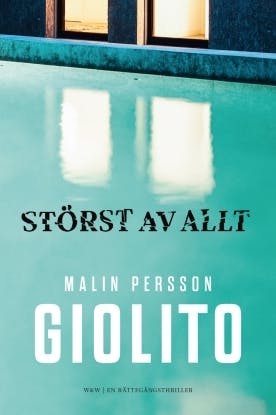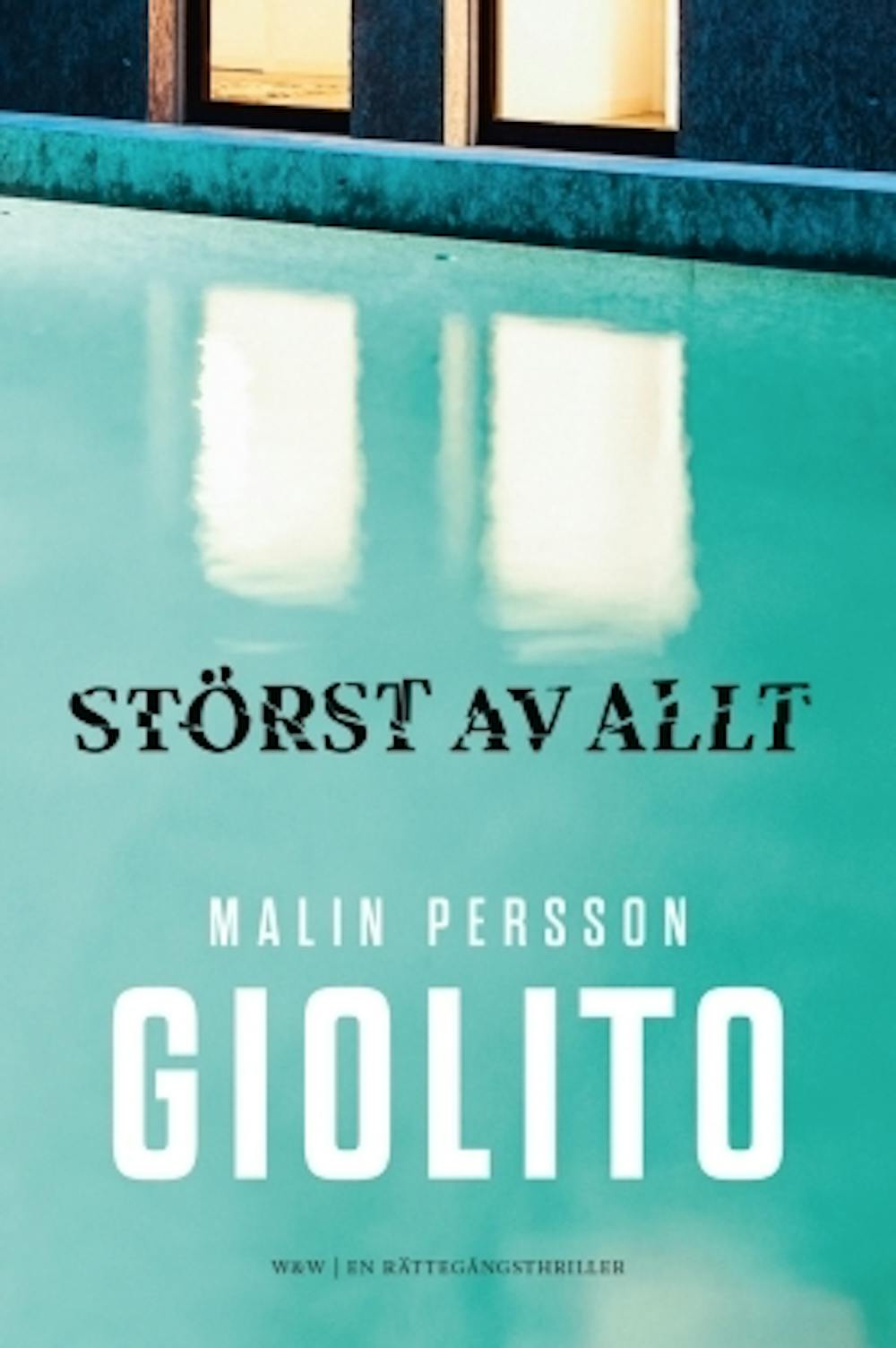Picture eighteen-year-old Serena van der Woodsen and place her in a cold Northern city with a severely depressed boyfriend. Now, give her a shotgun.
These are the rough outlines of Malin Persson Giolito’s 2016 novel “Quicksand” (“Störst av allt”). It is just as clumsy as it sounds.
We fall into protagonist Maja Norberg’s narration in medias res, as she paints us a bloody picture of her dead boyfriend lying in her lap after the two opened fire in their high school classroom in Djursholm, a wealthy Stockholm suburb. Persson Giolito expands the well-established genre of Scandinavian crime novels and shows off her legal education in her description of Maja’s interrogations and eventual trial.
In many ways, the novel trips on its own narration. As Maja is asked to recall the shooting and the events leading up to it in excruciating detail over and over again, the narrative begs to play with the issue of memory. Persson Giolito fails to harness it. Despite the hours that Maja spends in solitary confinement, we at no point see her falling into the traps of her own mind: Am I making this all up? What if the prosecutor is right, what if I did actually intend to kill all of them? Maja ends up as a remarkably flat character with seemingly little capacity for introspection.
Parts of this can admittedly be blamed on translation. In between the lines of Maja’s narrative, I could hear the echo of the Swedish original and its habitual quip of cynicism that the English language simply cannot carry. To “Quicksand”’s detriment, the edge of Maja’s words just comes off as baseless anger.
Persson Giolito’s portrayal of class in Stockholm is unimaginative at best, and much of the novel’s stacity derives it. Her narration codes wealth almost exclusively through clothes, jewellery and other material items, and brushes over the many other dimensions of class culture as if by choice. This description reaches its highest level of nuance when we find out that Maja is marginally less privileged than her best friend, as her dress was second hand while Amanda’s was bought off the rack. It seems Persson Giolito is so eager to show off the material possessions of her characters that the incisive findings about class in her blurb become an afterthought.

Maja’s boyfriend, Sebastian Fagerman, is arguably the most interesting of the characters that the novel has to offer. The son of Sweden’s fictional richest man, other characters’ behavior around his family makes for interesting observations about the performativity of wealth. Maja mentions on several occasions how anxious her father is about his new money status, and when Sebastian invites Maja to join him on his father’s yacht, she makes a point of saying that her mother is probably out buying the most expensive suitcase she can possibly find. Objective socioeconomic status does not mean much when there is a much more affluent person to appease to. It is scenes like this that give Persson Giolito’s narrative the hues of humanity that she too often sacrifices for material.
Sweden’s low Gini coefficient is a lazy excuse for such oversight. If Persson Giolito can dedicate ample space to a lagging description of a business dinner off the Italian coast that adds little to the plot, why is there such a sense of urgency when we finally get on the train to Tensta and have a chance to look beyond the villas of Djursholm? The novel’s relentless focus on materialism smells not of a genuine desire to explore and understand the meaning of class in Sweden, but of precisely the opposite.
Persson Giolito’s attempt at introducing diverse perspectives through the character of Samir cements this impression. Standing in the assembly hall surrounded by his affluent classmates, Samir challenges a visiting economist on her neoliberalist views while Sebastian predictably heckles him. An awkward exchange about corporate tax rates ensues. Samir’s character has the potential for depth and dimension written all over it, but instead the novel resorts to the not-at-all tired trope that, wow, the immigrant kid in cheap trousers can actually be smarter than the rest of them! It does not take a sociologist to see how anticlimactic this setting is.
“Quicksand” is not a horrible book, nor do I regret reading it. It just is not as good as it thinks it is. The question that lingered when I put the book down was not one about inequality or class culture, but why I was reading it in the first place. For style? Hardly. Because the courtroom scenes fed my law school fantasies? Perhaps. In some backward way, the novel reads like an extended metaphor for the things its own characters try so hard to criticise. Even if this is intentional, Persson Giolito’s flat narrative style is unable to carry it to term. “Quicksand” lends itself as yet another reminder of the work that stands between Nordic literature and a sophisticated understanding of the changing meaning of class, race and social status in the region.




